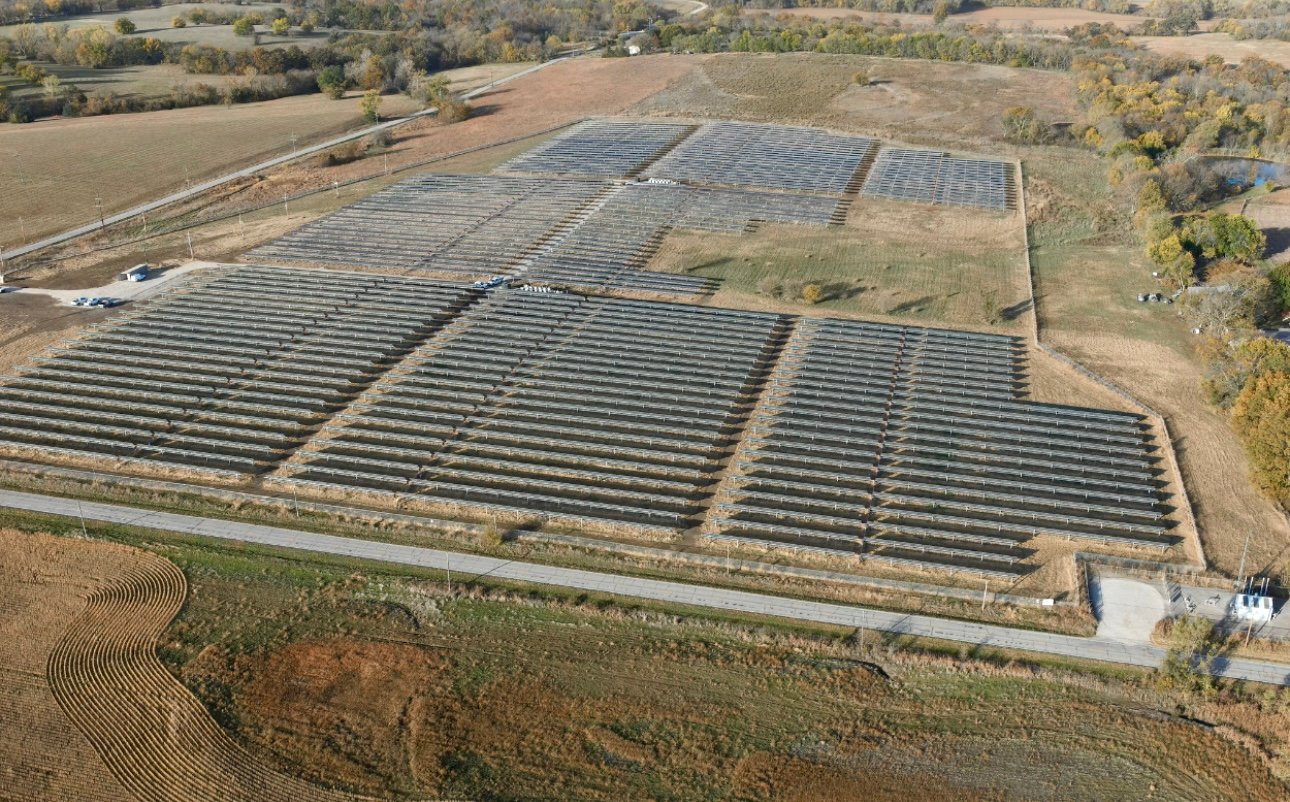Case Study: Osawatomie Solar Array
Evergy is committed to providing our customers with cost-effective, reliable renewable energy solutions to help build a more sustainable future....

The energy industry is experiencing unprecedented levels of uncertainty caused by economic fluctuations, supply chain issues, electrification, and the shift to renewable generation. If your strategy is to wait out the uncertainty and plan for when things “return to normal”, it may be time to rethink your strategic planning.
Modern energy management requires a modern approach to strategic planning, one that embraces uncertainty, mitigates risk, and quickly adapts to new scenarios.
Traditional strategic planning is the gold standard for power providers who rely on trend analysis and forecasting to decide on the best course of action. However, traditional planning strategies fail to offer the flexibility required to navigate the volatility of today’s market.
That’s where modern planning comes in. Modern approaches to strategic planning constantly monitor and adapt action plans, while relying on scenario planning to mitigate risks and identify opportunity.
Traditional approaches to planning rely on the assumption that tomorrow will look like today, which fails to account for instability or uncertainty. Over the last few years in particular, we’ve seen how a variety of unforeseen circumstances can disrupt the market overnight.
One example of this is significant weather events, like the 2021 Winter Storm Uri, one of the most devastating winter storm systems to impact Texas and Oklahoma in history. Power grids and infrastructure in the region are built to withstand hot weather, high winds, and mild winters. When confronted with heavy snowfall, ice, and days of below-freezing temperatures, the power supply chain failed, causing widespread power outages for several days.
While extreme winter weather isn’t common in Texas or Oklahoma, the lack of preparation for such an event caused widespread devastation, food and water shortages, and a death toll of approximately 246 people. In the aftermath, power providers were left wondering how they could better prepare for and respond to significant weather events moving forward.
Planning for a variety of likely scenarios, such as drop offs in wind generation, and less common scenarios, such as extreme weather events, is a key piece of modern strategic planning. Here’s how it works.
There are a few key things to keep in mind when scenario planning. First, your plan means nothing if your people can’t implement it. Training and development is the most crucial piece of executing scenario planning. Make sure that roles and responsibilities are clearly defined in your action plan and that all team members are trained in their role for each scenario.
Second, remember that flexibility does not mean ambiguity. In uncommon scenarios, your team members will have to execute an action plan that isn’t part of their day-to-day responsibilities. They need clear guidance on what is expected and written documentation they can refer back should questions arise.
While the energy industry is more uncertain than ever, that doesn’t mean that strategic planning can’t be effective. If you embrace uncertainty and plan for possible scenarios, you will be able to respond to unique circumstances with flexibility and agility. Learn more about how Evergy Energy Partners’ energy management solutions can help.

Evergy is committed to providing our customers with cost-effective, reliable renewable energy solutions to help build a more sustainable future....

People's Electric Cooperative (PEC), an electric cooperative serving rural areas in south-central Oklahoma, joined forces with Evergy Energy Partners...

The energy landscape of the United States is rapidly changing, driven by a focus on clean energy and the need for a more flexible and resilient grid....